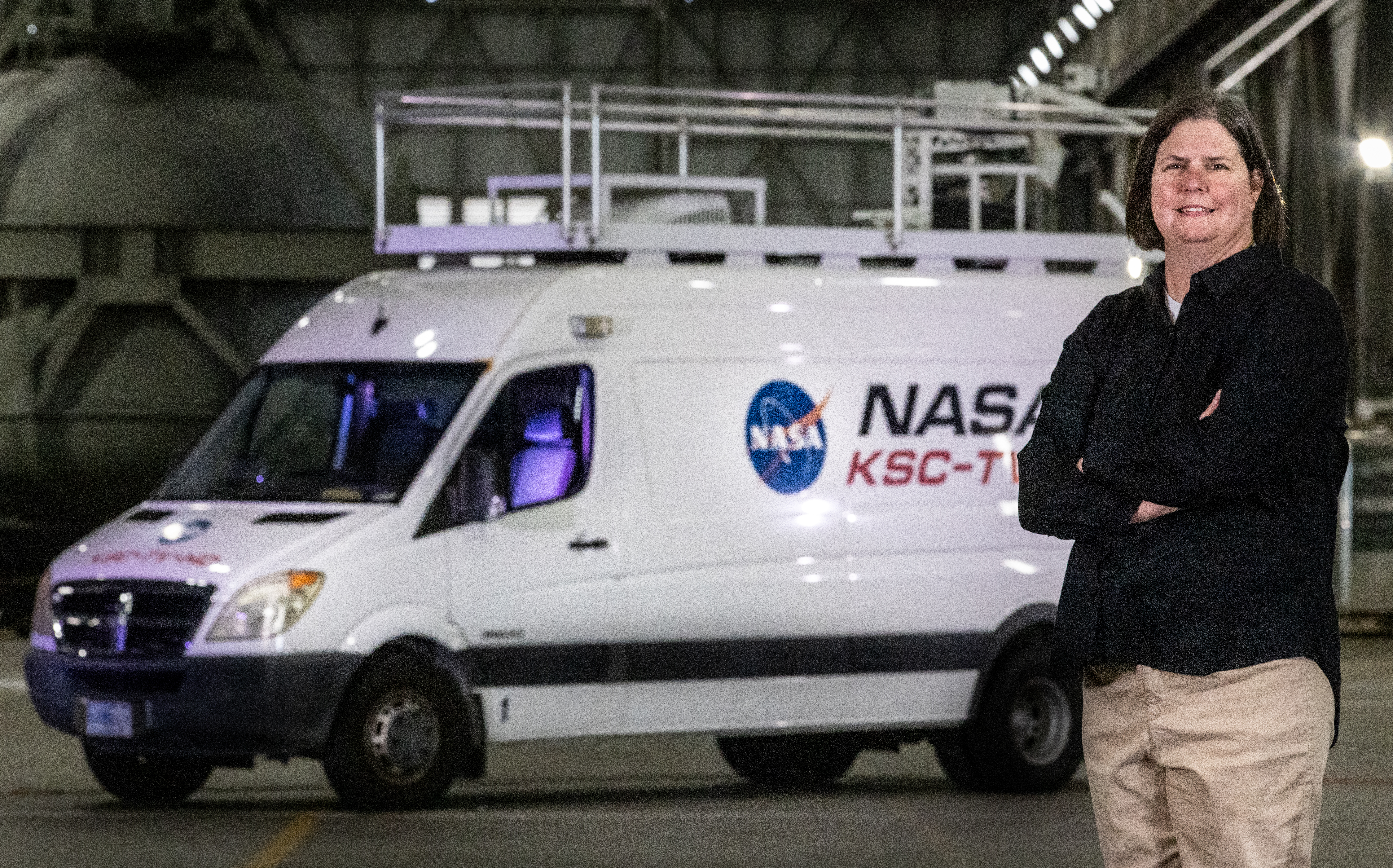Ancient Maya had a rich history and complex culture that is only now being fully appreciated.

Close-up on large carved face at, Lamanai, Belize
Leif Kaldor
Under lush rainforest canopies in Central America lies evidence of the sophisticated Ancient Maya civilization. Nestled among impressive pyramids and temples, the ancient Maya were expert geo-engineers, artists, and mathematicians with complex knowledge of astronomy and movements of celestial bodies. Their rich histories are carved into intricate, colorful pottery and echoed in hieroglyphs used across their society.
For the past 120 years, archeologists have been working to excavate remains of this spectacular society, with much of their endeavors taking place in the Maya Lowland region. Their efforts reveal evidence of bustling cities containing hundreds of thousands of people spanning across parts of Southern Mexico, Guatemala, Honduras, Belize, and El Salvador, with the ancient Maya city of Caracol estimated to have housed 100,000 people in the year 700 A.D.
The complexity of the ancient Maya culture, however, has only been recognized in recent times. For centuries, the heritage of the Mayan was violently suppressed by Europeans, with early researchers also believing that the tropical Mesoamerican environment could not sustain large populations.
“In order to dispossess the Maya and to better control them, [the Spanish] created this narrative in which they claimed that the current Maya were savage people that had nothing to do with the great, sophisticated people that built the great cities.” Francisco Estrada-Bellini, an archeologist who has worked in the Southern Maya Lowlands for over 30 years, said in an interview for NOVA’s Ancient Maya Metropolis, “And so that attitude has continued throughout the colonial period and up until the present, and has affected early explorers into the Maya Lowlands.”
Millions of contemporary Maya descendants, with at least 30 Maya ethnolinguistic groups, continue to thrive today. Conservators like Jorge Can, Chief Conservator for the Belize Institute of Archaeology, has made it his life’s work to unearth and preserve his heritage. “I could say we, Maya, built it,” he said, “and then we continue that tradition over here.”




